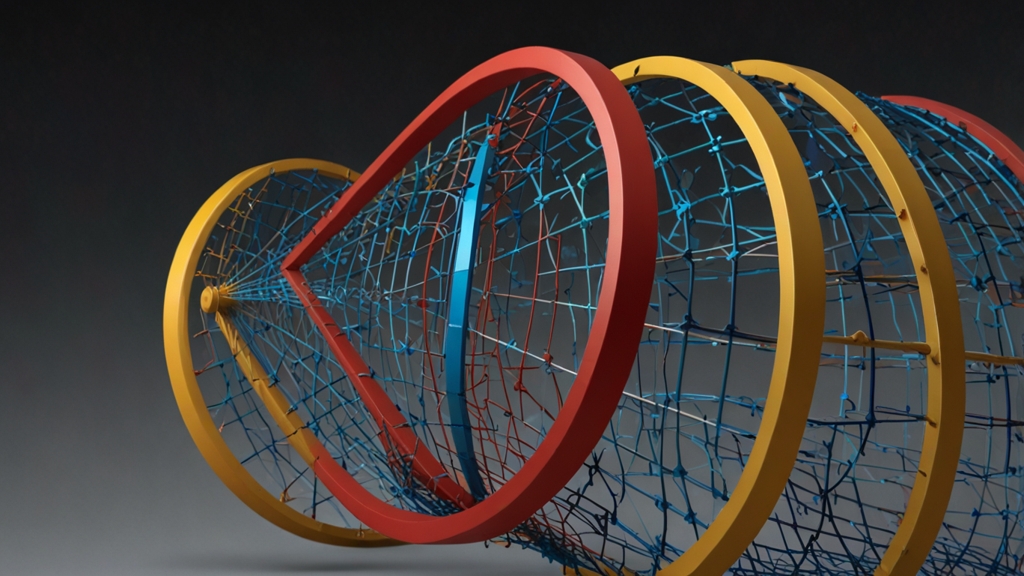Beyond Textbooks: The Fun Side of Calculus You Never Knew
When most people hear the word calculus, they often cringe, reminiscing about the stacks of dense textbooks, intimidating graphs, and endless formulas. However, what many don't realize is that beyond the standardized approach lies a fascinating world where calculus becomes an adventure rather than a chore. Let's uncover the exciting side of calculus that textbooks rarely highlight.
The Beauty of Patterns in Nature
One of the most striking applications of calculus is found in the natural world. From the delicate spiral patterns of seashells to the sprawling networks of tree branches, calculus helps explain these beautiful patterns. By using differential equations, scientists can describe how these natural phenomena develop over time. These equations give us insight into the growth rates and patterns that nature so effortlessly exhibits.
“Mathematics is the language in which God has written the universe.” – Galileo Galilei
Imagine being able to predict the formation of a snowflake or the spread of a bacterial colony. With calculus, these aren't just daydreams; they become tangible predictions that guide scientific exploration.
Art and Animation
Believe it or not, calculus plays a significant role in the arts, particularly in animation and computer graphics. Pixar, the famed animation studio, uses calculus to create realistic movements and models. Calculus helps animators describe how objects move and change over time, ensuring that on-screen actions look natural and fluid.
The creation of curves and surfaces in three-dimensional space is another domain where calculus reigns supreme. Nonlinear transformations and Bezier curves, which are underpinned by calculus, help in designing everything from car bodies to computer fonts.
“I have created a universe that works better for me than my real life.” – Hiroshi Ishii (MIT Media Lab) on virtual worlds created using calculus-based algorithms.
Sports Analytics
Another unexpected realm where calculus makes an appearance is in sports analytics. Calculus helps in optimizing player movements, analyzing game strategies, and improving training techniques. By studying the angles, directions, and forces involved, coaches and analysts leverage calculus to enhance athletic performance. For instance, by applying principles of calculus, they can determine the perfect trajectory for a soccer ball to achieve a goal or for a basketball to swish through the hoop.
Music and Acoustics
Calculus extends its influence to the world of music as well. The study of sound waves and acoustics relies heavily on calculus. Musicians and engineers use these principles to design concert halls with optimal acoustics and to create musical instruments with the finest tones.
Fourier series, a concept rooted in calculus, allows the decomposition of complex sound waves into simpler components. This helps in sound synthesis, filtering, and compression, which are crucial in everything from MP3s to high-quality audio recordings in studios.
Conclusion
Calculus is more than just a collection of rules and operations buried in thick textbooks. When uncovered, it reveals a world where the elegance and application of mathematics extends to art, nature, sports, and music. These areas showcase the fun and fascinating side of calculus, illuminating how this branch of mathematics doesn't just solve problems—it creates beauty, enhances life, and explains the universe around us.
So, the next time you think of calculus, remember that it's not just about passing exams. It's a gateway to understanding and appreciating the intricate dance of forces and relationships in the world. Embrace the adventure, and you'll find calculus to be not only insightful but truly enjoyable.






